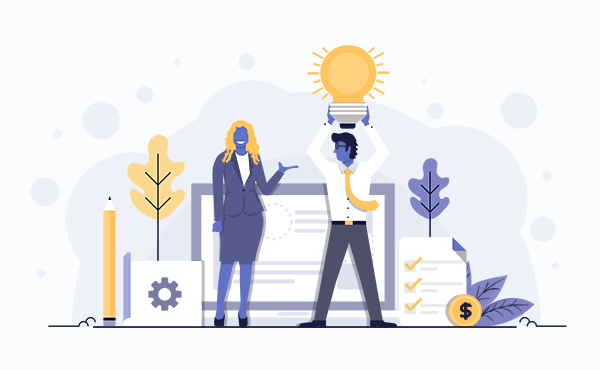Today’s world is heavily reliant on speed and patience could be a virtue not many people possess. Your website could be turning away potential clients just by being slow and unoptimised. Let us go over a few tips and tricks that could help drive potential customers and conversions to your business through your website.
Optimise Image Size
Multiple websites employ the use of images as a tool to engage its users, however, the use of heavy images can slow down your website’s performance and lead to potential increase of load times. Some websites use super HD images which are compatible with retina screens.
If the majority of the target audience does not have devices that can load such images or display them at the same efficiency as a normal screen, then using such images serves no purpose and only uses more bandwidth which could’ve been used to decrease the load time for your website.
Reduce the Number Of Plugins
The number of plugins operating on your website can also increas the load times and decrease the revenue that a site brings in. Plugins are reusable pieces of code which provide functionality which a normal website can’t. Plugins allow user to leave comments or talk to a chatbot while browsing the website. However, if your website isn’t optimised or is hosted on a server which is subpar in performance, it can lead to slow load times.
Offer Great Customer Service
Live support services can greatly enhance user experience and help you gain that edge over the competition. If a customer is having some trouble with your services, the best you can do is provide them with support instantaneously rather than having them wait for days on end. Great customer service translates to lesser refunds and satisfied customers.
It also guarantees return customers which is something every startup seeks. Given the options between two websites offering the similar products and or services, customers always tend to go for the websites offering live customer care.
Optimize Content
A website's content is its lifeblood, and search engines eat it up. Make sure to consider a decent content organization while creating a website (headings, paragraphs, and links).
In most cases, this may be prevented if there is good planning in the design stages as sites with minimal content suffer in the search results. For instance, unless you employ a CSS background image text replacement strategy, avoid using images for text.
Maintain Visual Heirarchy
Keeping a distinct typographic or visual hierarchy creates a hierarchy of importance within the data, improving readability and usefulness. To structure your material, use three different levels of HTML tags, such as H1, H2, and paragraph tags. By using contrasting typefaces, various font styles, contrasting colors, and diverse orientations, you can create visual hierarchy in a similar way. Your most crucial information can stand out because to visual and typographic hierarchies.
The Takeaway
If your company relies on your website as one of the primary channels for contacting customers, it can be difficult to improve website performance given the wide variations in devices, connectivity, browsers, and operating systems. However, it will have a significant positive impact on your business.
Remember that this is a process that doesn't have a definite beginning and end. You are not required to make any of the suggested adjustments right away. Analyze the findings of the monitoring tool, alter the website, and then contrast the performance between the two points in time.


